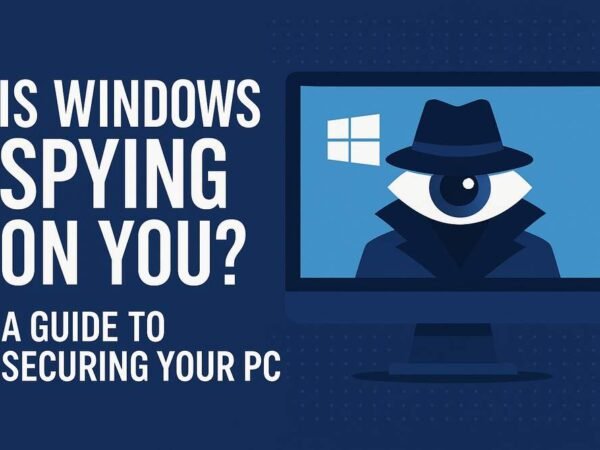The nature of the workplace has undergone significant changes recently with the advent of remote work. Among full-time employees in 2023, 28.2% used a combination arrangement, and 12.7% worked from home. Despite all of its advantages, this change also presents new cybersecurity difficulties. The days of a company’s network being secure are long gone. Data is being transferred via unsecured Wi-Fi networks and personal devices.
With the increasing entry points through which hackers get information, the likelihood of cyber-attacks is rising. Organizations must establish comprehensive cybersecurity measures to reduce this threat and provide remote workers with a secure remote working environment. This blog post will examine crucial steps that guarantee cybersecurity in remote labor management.
Utilizing Technology to Monitor Screens
When it comes to remote management, a few key elements are paramount. For instance, feature-rich remote system monitoring software such as Controlio takes screenshots you can customize to view your team’s priorities anytime.
In the future, as it actively monitors user activity on the screens, real-time screen monitoring will play a significant part in bolstering cybersecurity and maintaining focus on what is happening on computer screens. Continuously analyzing the content shown, including websites, apps, and user interactions, enables enterprises to identify and address potential threats. It can also assist in identifying any undesirable or hazardous conduct.
Protecting Hardware and Networks
The first step in cybersecurity for remote workers involves ensuring that the networks and devices used for work are secure. Companies will have to standardize usage guidelines on how devices should be used to maintain a standard provision, for instance, by requiring employees to use company-issued devices or by strictly tightening security measures on personal devices. Encryption software should be necessary to protect sensitive data at rest.
A VPN establishes a secure, encrypted tunnel between remote devices and the corporate network to enable safe data transfer. Since this security is fundamental in encrypting all information transmitted over any public Wi-Fi network, using such networks is only possible from the outset based on it.
Cybercriminals can exploit vulnerabilities in outdated software, putting users in danger. To reduce this risk, ensuring that all operating systems and applications on distant devices receive regular updates is crucial. Software designed for remote system monitoring may take care of this automatically, ensuring consistent employee coverage.
Encouraging and Assisting: The Human Barrier
Although technical solutions are essential in remote working and cybersecurity, they cannot replace a skilled, knowledgeable team. Employees often represent the first barrier against cyber risks and act as a human defense against social engineering and phishing schemes.
Getting regular security awareness training is crucial. These training sessions should teach staff members how to identify and avoid cyber risks. This includes being aware of the telltale indications of phishing emails, creating solid and distinctive passwords through good password practices, and knowing what to do if they encounter any questionable activity at work.
Final Words
The landscape of cybersecurity has undoubtedly changed with the surge of remote employment. A safe corporate network is no longer in place; more vulnerable distributed environments have occurred. By taking care of these factors in advance, companies can safeguard their information, support their remote employees, and fully utilize the advantages of having a distributed workforce.
Do Read: Why Choose a Cheap Offshore VPS Over Shared Hosting













